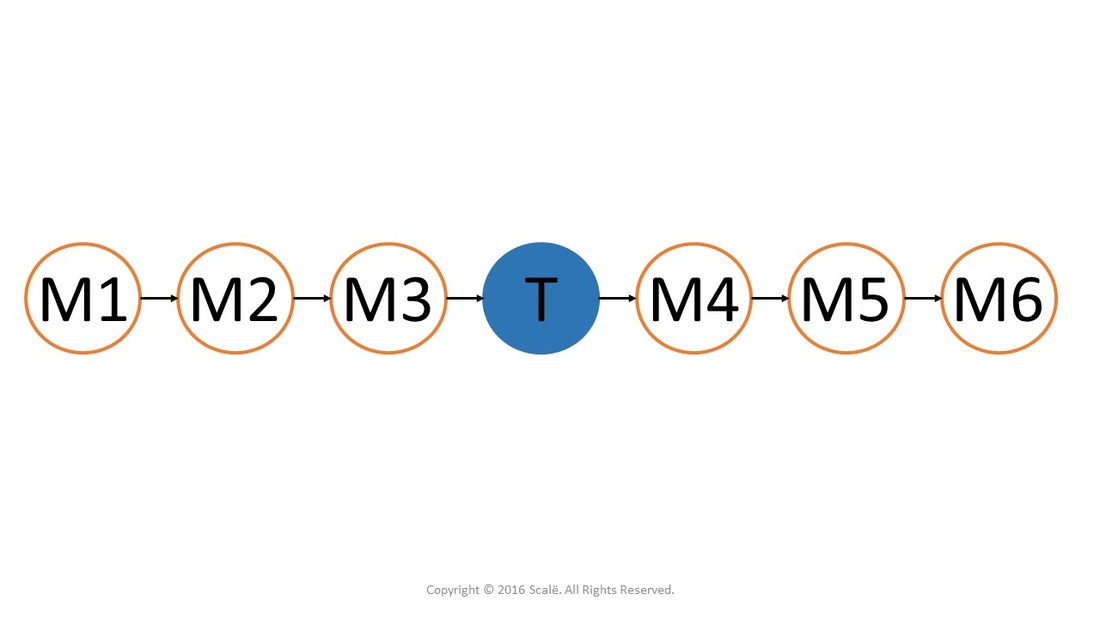Interrupted Time Series Design
Interrupted time series designs are used to establish etiological and longitudinal effects
Interrupted time series designs are used to establish evidence of the relative effect of an intervention across multiple observations of an outcome.
There is only one treatment group in an interrupted time series design, and after random selection from the population, several preliminary observations of the outcome are taken from participants.
Then, the intervention is given to the group and several "post" observations of the outcome are recorded.
One powerful aspect of interrupted time series designs are that participants serve as their own controls. This greatly increases the chances of detecting significant treatment effects.
The etiology of disease states and longitudinal effects can be studied using interrupted times series designs. The stability of treatment effects can be closely monitored with the multiple post and maintenance observations of the outcome.
There is only one treatment group in an interrupted time series design, and after random selection from the population, several preliminary observations of the outcome are taken from participants.
Then, the intervention is given to the group and several "post" observations of the outcome are recorded.
One powerful aspect of interrupted time series designs are that participants serve as their own controls. This greatly increases the chances of detecting significant treatment effects.
The etiology of disease states and longitudinal effects can be studied using interrupted times series designs. The stability of treatment effects can be closely monitored with the multiple post and maintenance observations of the outcome.
T = Treatment, M = Measurement of the outcome
Click on the Statistical Power button to continue.
Statistician For Hire
DO YOU NEED TO HIRE A STATISTICIAN?
Eric Heidel, Ph.D. will provide statistical consulting for your research study at $100/hour. Secure checkout is available with PayPal, Stripe, Venmo, and Zelle.
- Statistical Analysis
- Sample Size Calculations
- Diagnostic Testing and Epidemiological Calculations
- Psychometrics

